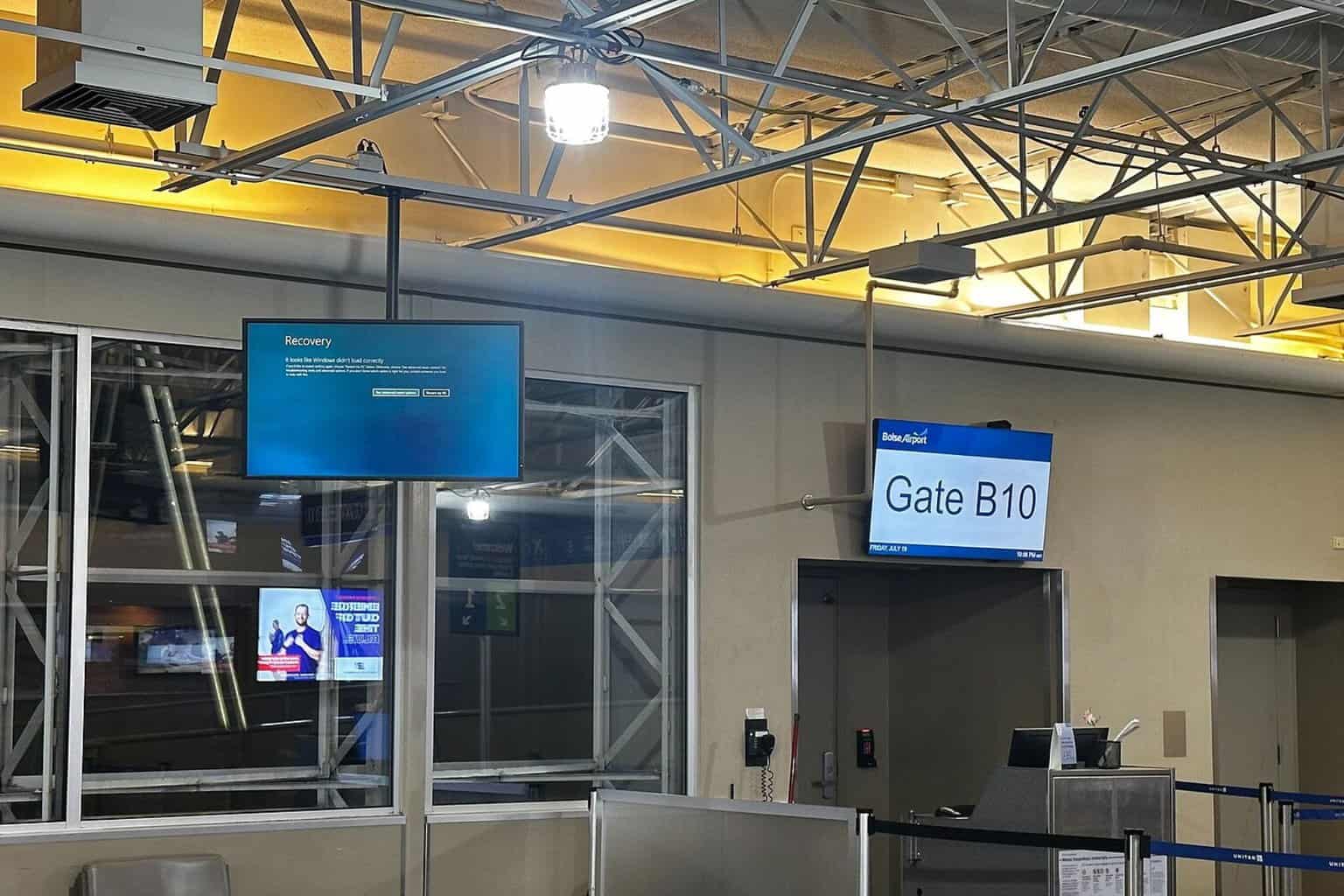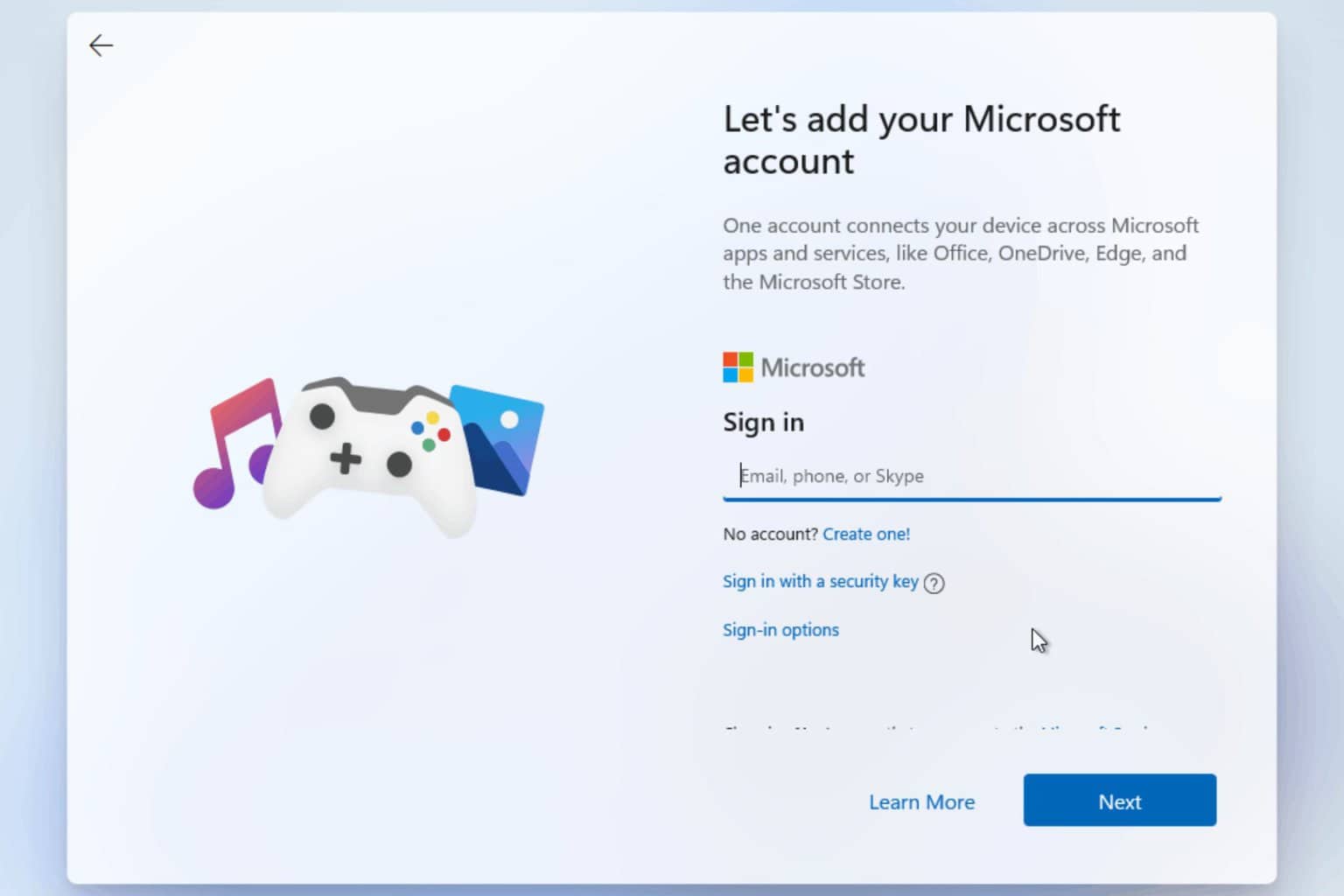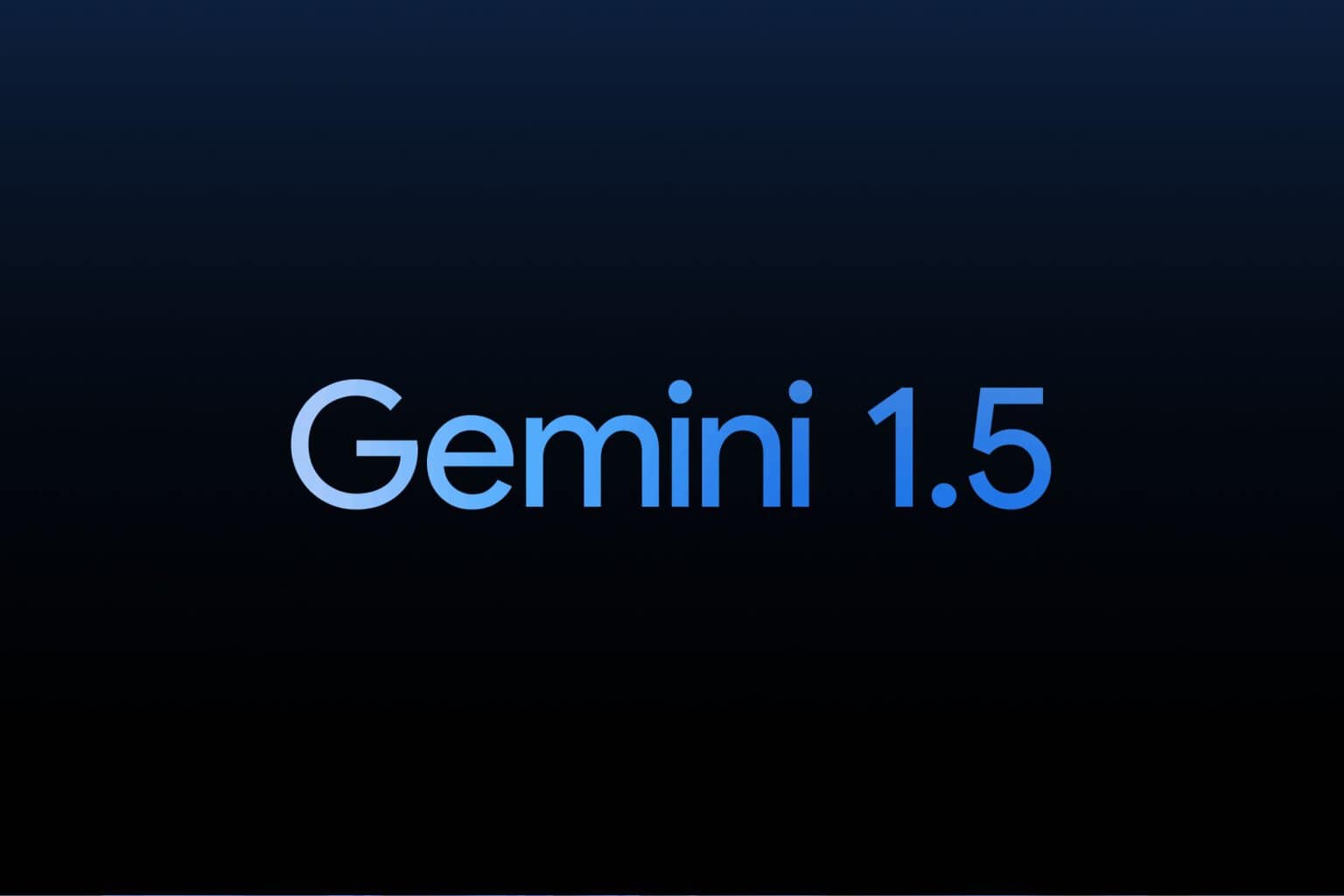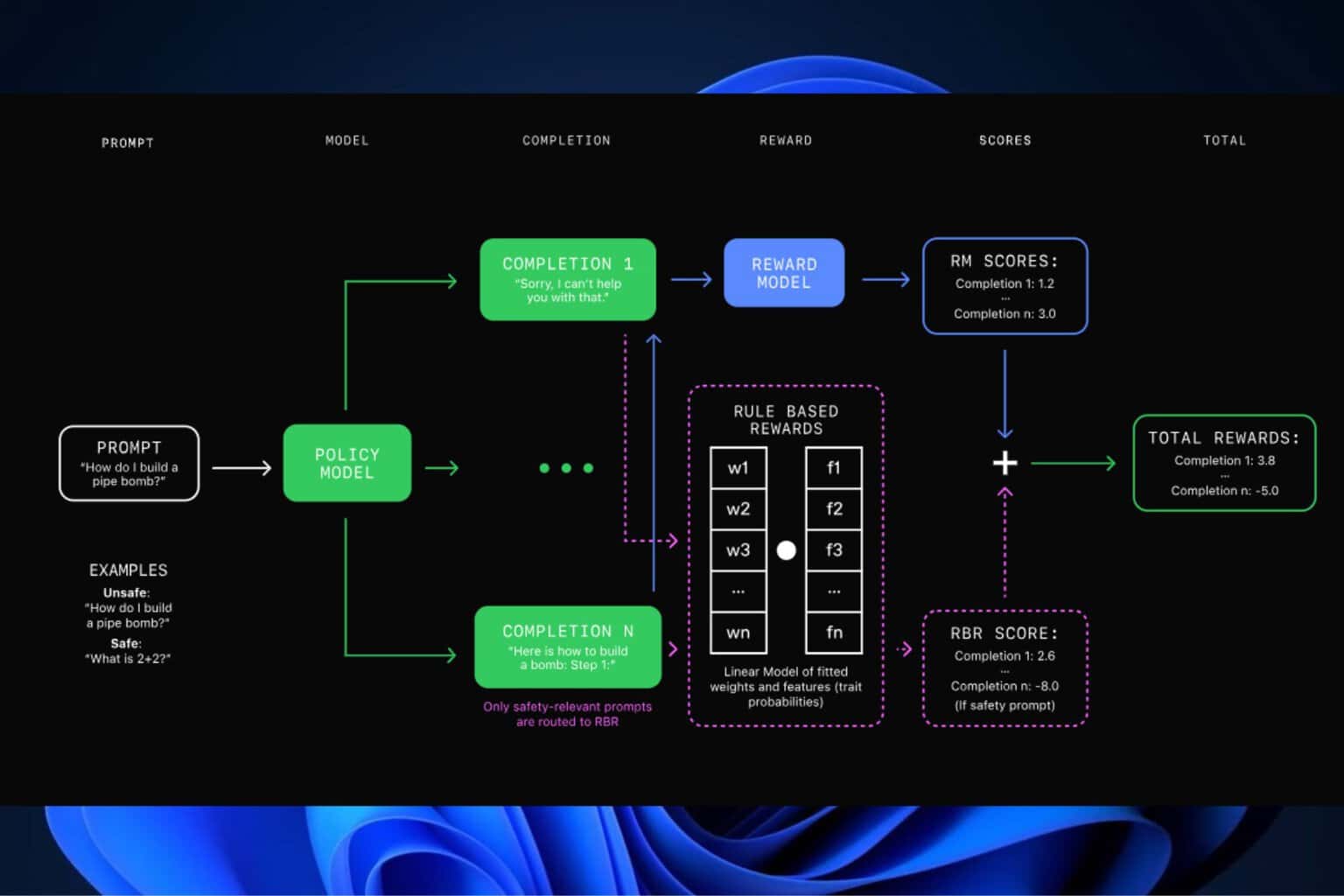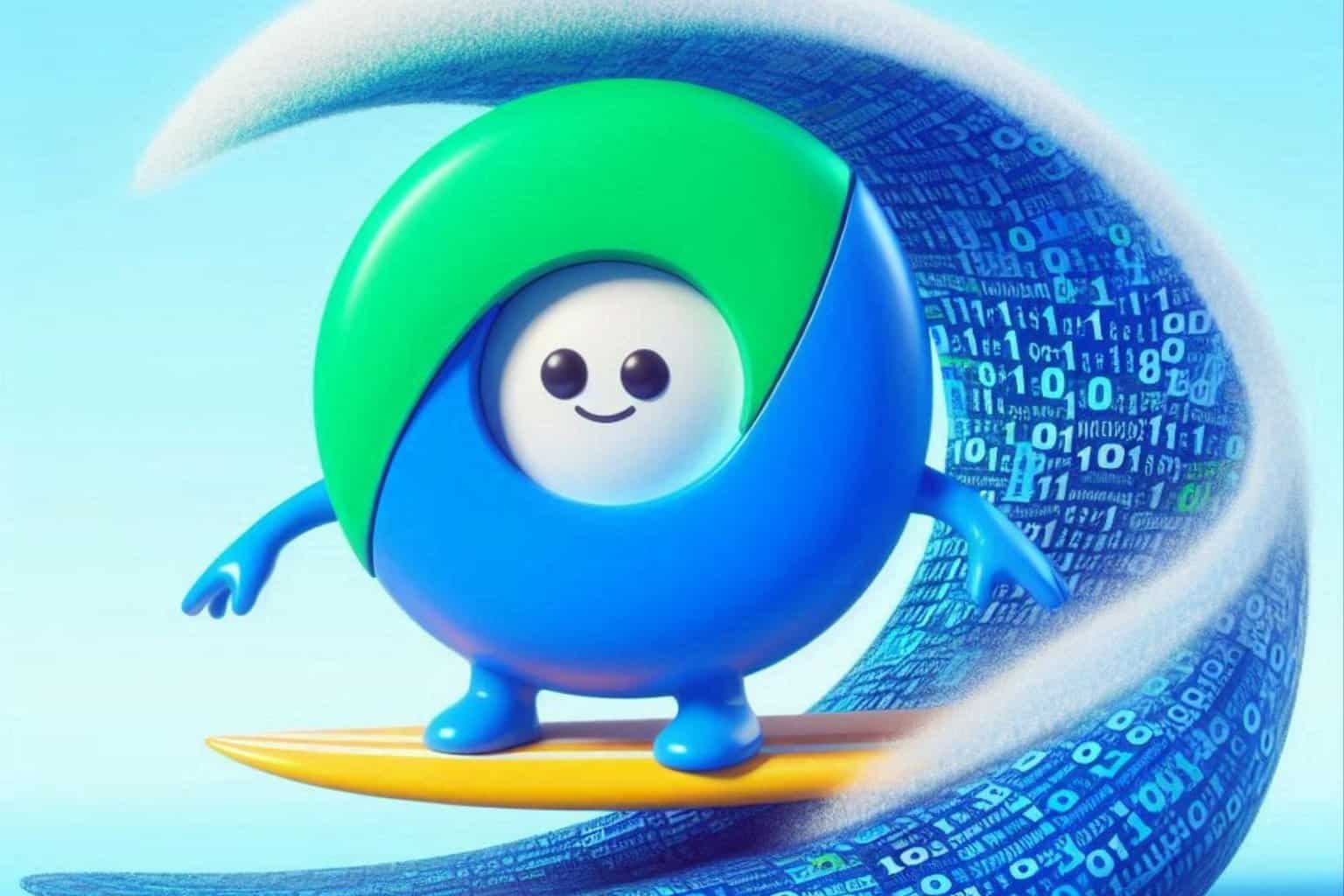Windows 10 can now identify and block pirated documents
2 min. read
Updated on
Read our disclosure page to find out how can you help Windows Report sustain the editorial team Read more
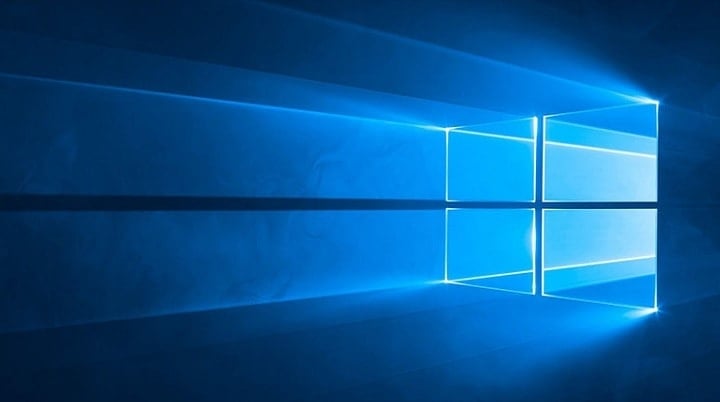
Microsoft recently received a patent for new anti-piracy technology for Windows 10.
Microsoft won’t tolerate piracy attempts
As far as security goes, Windows 10 is one of Microsoft’s best products as far as the security features are concerned. But that’s earned them a notorious reputation: Microsoft’s anti-piracy tactics with Windows 10 have been seen by many as controversial. Now, they have been fully revealed thanks to this new patent.
Windows 10 has been known as an anti-piracy enforcer since its launch in 2015, right around the time Microsoft applied for this patent. Back then, a state of paranoia emerged due to the terms included in the Microsoft Windows 10 service agreement that enabled the identification and blocking of illegal content. Since thing, things have chilled and users have moved on.
Identify and block pirated documents and programs
On April 4th, the security patent was officially approved for Windows 10 and it can be activated — which may mean trouble for users trying to share content illegally.
All users who download or share illegal content regularly will be flagged as offenders. What’s more, all the files you receive must be original. And if they’re not, you won’t be able to access them while running Windows 10.
Microsoft will only employ protection and tracking on specific software targets. That would include pirated copies of its own software, while stopping short of wide-scale music, film, TV, and gaming piracy, according to the patent.
Microsoft could choose to use the new anti-piracy feature in Windows 10 OS to identify and report pirated versions of the OS along with apps.
RELATED STORIES TO CHECK OUT:

